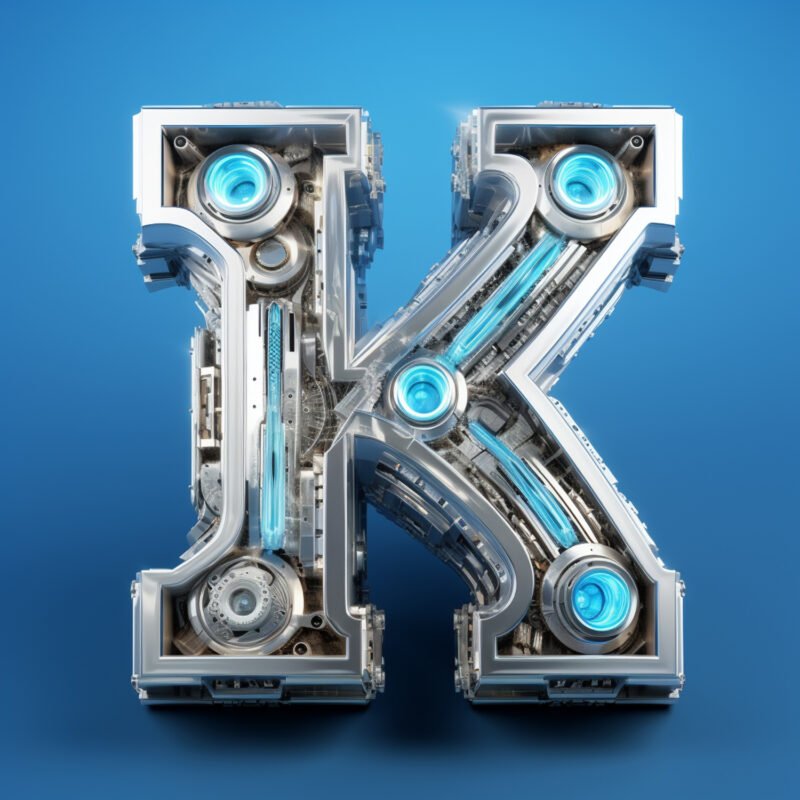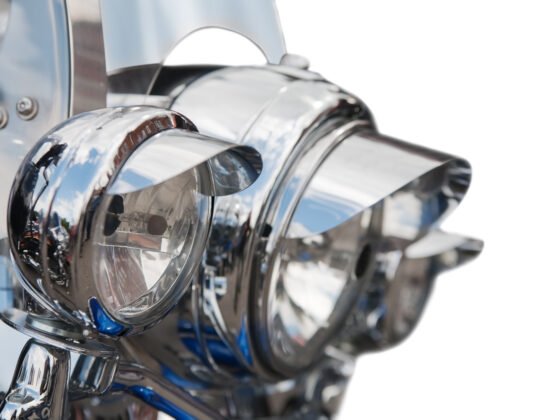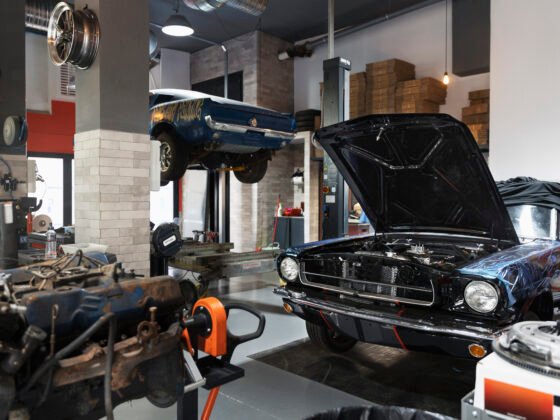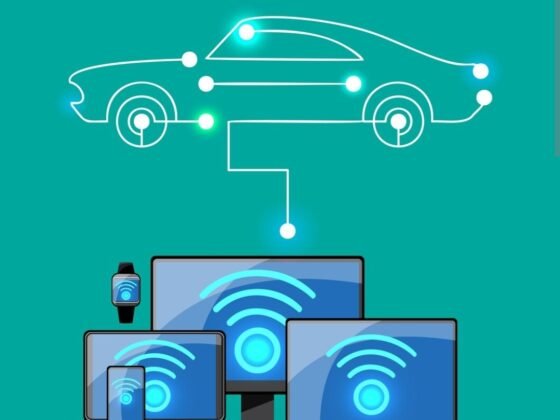The automotive industry is a dynamic and rapidly evolving sector that encompasses a wide array of vehicles, technologies, and services. From the advent of the first motorized cars to today’s electric and autonomous vehicles, the industry has undergone transformative changes. This article takes you on an A to Z journey through the automotive world, highlighting key concepts, trends, and technologies.
A – Autonomous Vehicles
Autonomous vehicles, or self-driving cars, are revolutionizing the way we think about transportation. Equipped with advanced sensors and artificial intelligence, these vehicles promise safer roads and a more efficient driving experience.
B – Battery Technology
The shift to electric vehicles (EVs) has brought battery technology into the spotlight. Lithium-ion batteries are the most common, but research into solid-state batteries and other alternatives aims to improve performance and reduce costs.
C – Connected Cars
Connected cars are vehicles integrated with internet access, allowing them to communicate with other devices and provide real-time data. They enhance navigation, entertainment, and safety features, paving the way for smarter transportation.
D – Diesel Engines
Though diesel engines once dominated the commercial vehicle segment, they face scrutiny due to emissions concerns. However, advancements in clean diesel technology aim to reduce their environmental impact.
E – Electric Vehicles (EVs)
Electric vehicles are at the forefront of the industry’s push for sustainability. With zero emissions and lower operating costs, EVs are becoming increasingly popular among consumers and governments alike.
F – Fuel Cells
Fuel cell vehicles use hydrogen to generate electricity, producing only water as a byproduct. While still in the early stages, this technology has the potential to complement EVs in the quest for greener transportation.
G – GPS Navigation
GPS navigation systems have transformed how drivers find their way. Integrated into most modern vehicles, these systems provide real-time traffic updates and route optimization.
H – Hybrid Cars
Hybrid cars combine internal combustion engines with electric motors, offering improved fuel efficiency and reduced emissions. They serve as a bridge between traditional and fully electric vehicles.
I – Internal Combustion Engine (ICE)
The internal combustion engine has been the backbone of the automotive industry for over a century. While EVs are gaining traction, ICEs remain prevalent, especially in regions with limited charging infrastructure.
J – Japanese Automakers
Brands like Toyota, Honda, and Nissan have significantly influenced the global automotive market, particularly with their focus on reliability and innovation. Toyota’s Prius, for example, was a pioneer in hybrid technology.
K – Keyless Entry
Keyless entry systems enhance convenience and security by allowing drivers to unlock and start their vehicles without a traditional key. This technology has become a standard feature in many modern cars.
L – Luxury Cars
Luxury cars, from brands like Mercedes-Benz, BMW, and Audi, prioritize comfort, performance, and cutting-edge technology. These vehicles often set benchmarks for the rest of the industry.
M – Maintenance and Repair
Regular maintenance is crucial for vehicle longevity. From oil changes to tire rotations, keeping a car in top condition ensures safety and efficiency while reducing long-term costs.
N – Navigation Systems
Advanced navigation systems now incorporate artificial intelligence, voice commands, and augmented reality, making driving safer and more intuitive.
O – Off-Road Vehicles
Off-road vehicles like Jeeps and SUVs are designed for rugged terrains. With features like all-wheel drive and higher ground clearance, they appeal to adventure enthusiasts.
P – Performance Vehicles
Performance vehicles focus on speed, handling, and driving dynamics. Sports cars like the Porsche 911 and Chevrolet Corvette are iconic examples that capture the thrill of driving.
Q – Quality Control
Quality control in automotive manufacturing ensures vehicles meet safety and performance standards. Advanced robotics and AI-driven processes play a crucial role in modern production lines.
R – Recycling
The automotive industry is increasingly emphasizing recycling, from using recyclable materials in manufacturing to responsibly disposing of end-of-life vehicles.
S – Safety Features
Modern cars come equipped with advanced safety features, including airbags, anti-lock brakes, and driver-assistance systems like lane-keeping assist and adaptive cruise control.
T – Tires
Tires are a vital component of vehicle performance. Innovations like run-flat tires and eco-friendly materials aim to improve durability and efficiency.
U – Urban Mobility
Urban mobility solutions focus on reducing traffic congestion and pollution. Shared mobility services, electric scooters, and compact cars are examples of this trend.
V – Vehicle-to-Everything (V2X) Communication
V2X technology allows vehicles to communicate with each other and infrastructure, enhancing safety and traffic management. This innovation is key to the success of autonomous vehicles.
W – Warranty Programs
Automakers offer warranty programs to provide peace of mind to customers. These programs often cover repairs and maintenance for a specified period or mileage.
X – Xenon Headlights
Xenon headlights provide brighter and longer-lasting illumination compared to traditional halogen bulbs, improving nighttime visibility and safety.
Y – Youthful Designs
Modern automakers are targeting younger audiences with stylish, tech-savvy, and affordable models. Brands like Tesla and Kia are leading this trend with innovative designs.
Z – Zero Emissions
The ultimate goal of the automotive industry is zero emissions. From electric and hydrogen-powered vehicles to carbon-neutral manufacturing processes, achieving sustainability is a priority.
Conclusion
The automotive industry is a fascinating blend of tradition and innovation. From A to Z, each aspect contributes to a better, safer, and more sustainable future for transportation. Whether it’s cutting-edge technology or a focus on eco-friendly practices, the automotive sector continues to drive progress and shape our world.
Is this conversation helpful so far?










